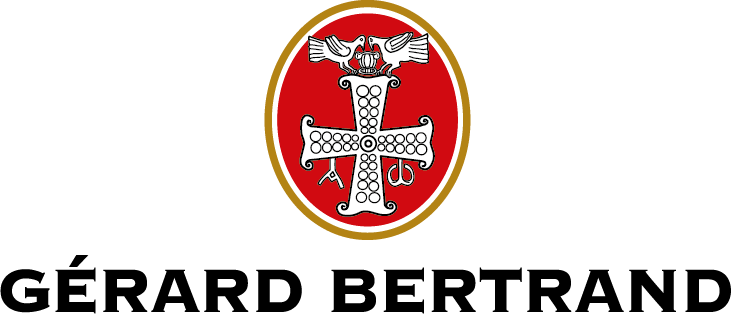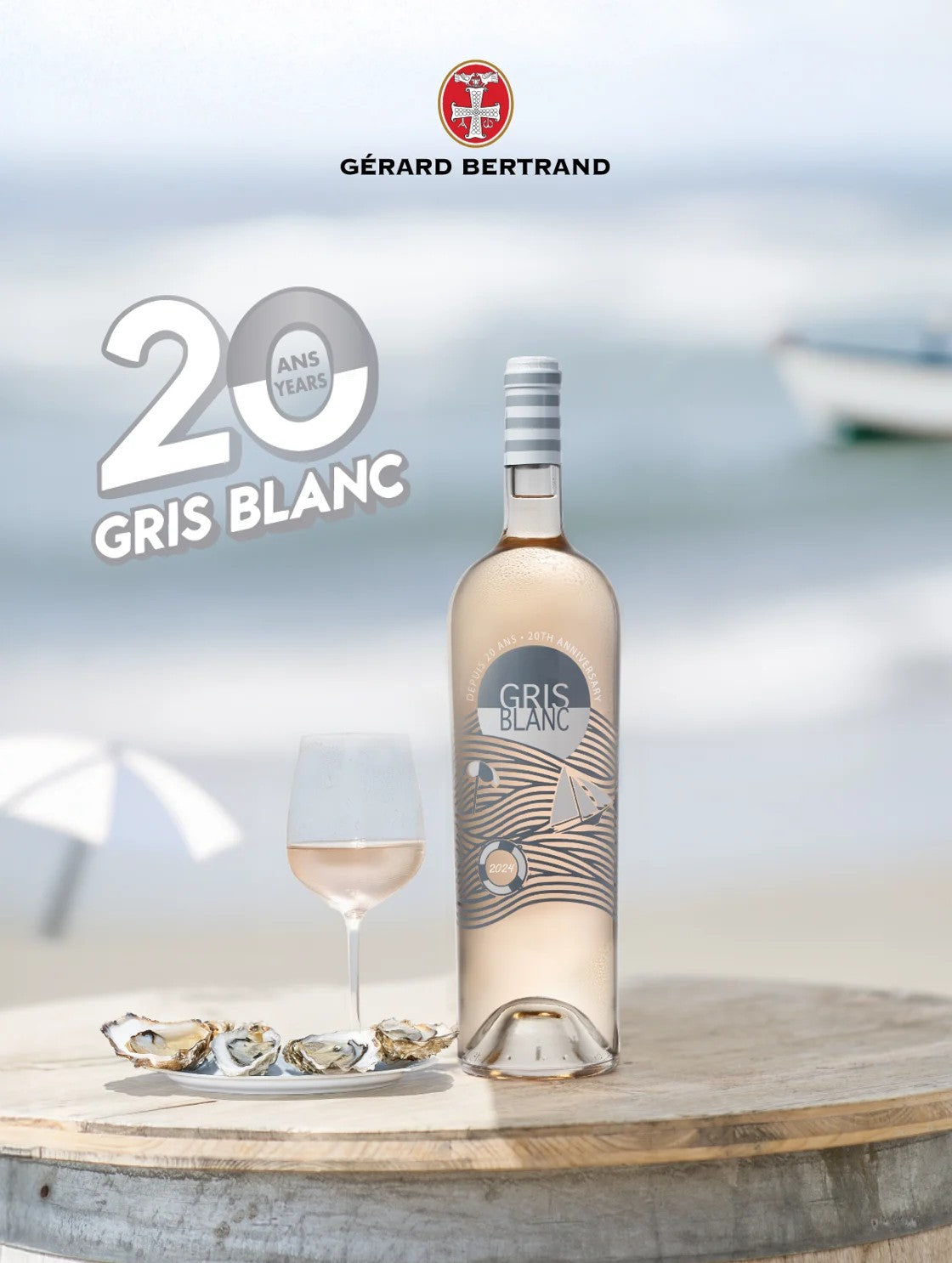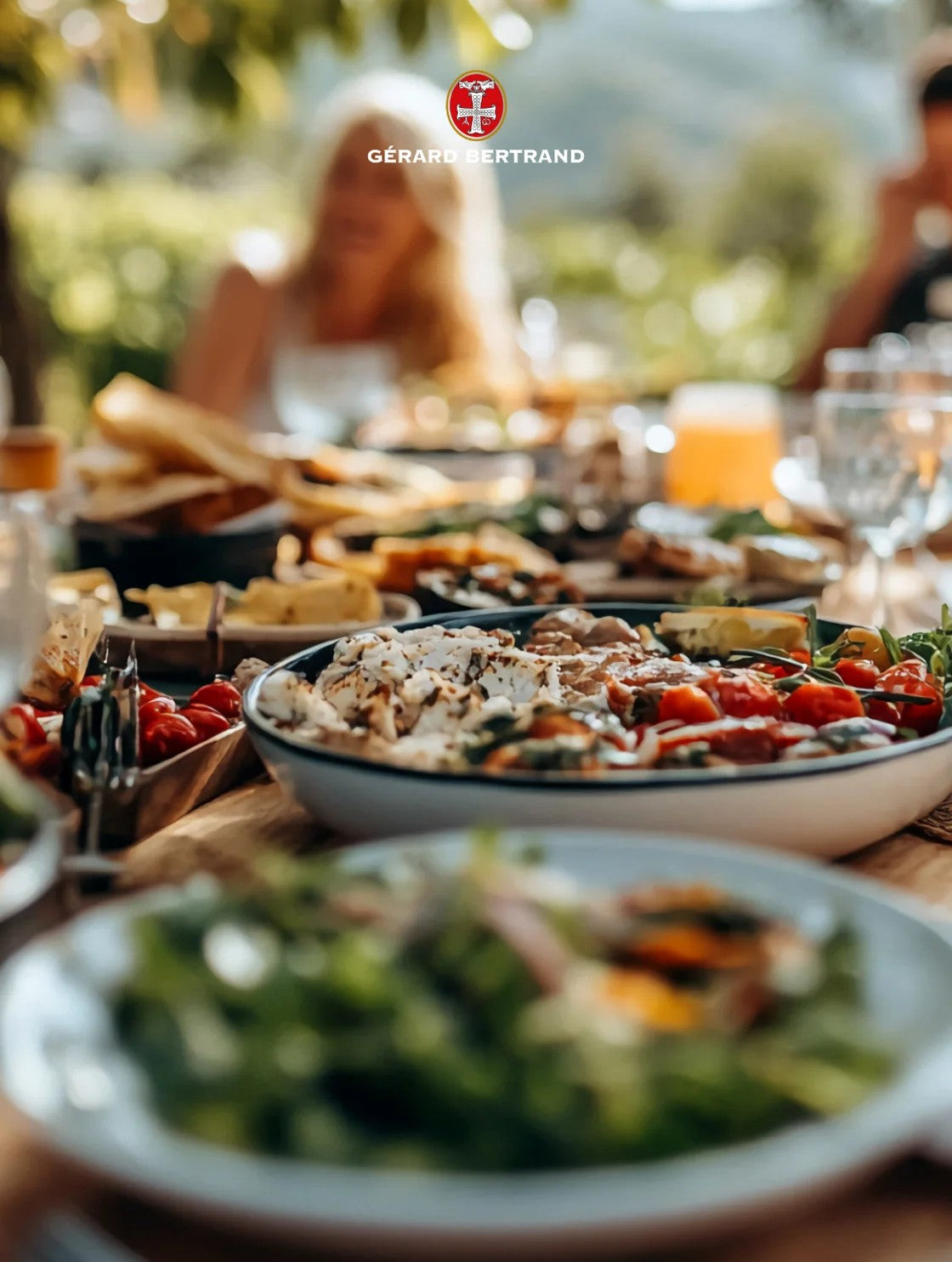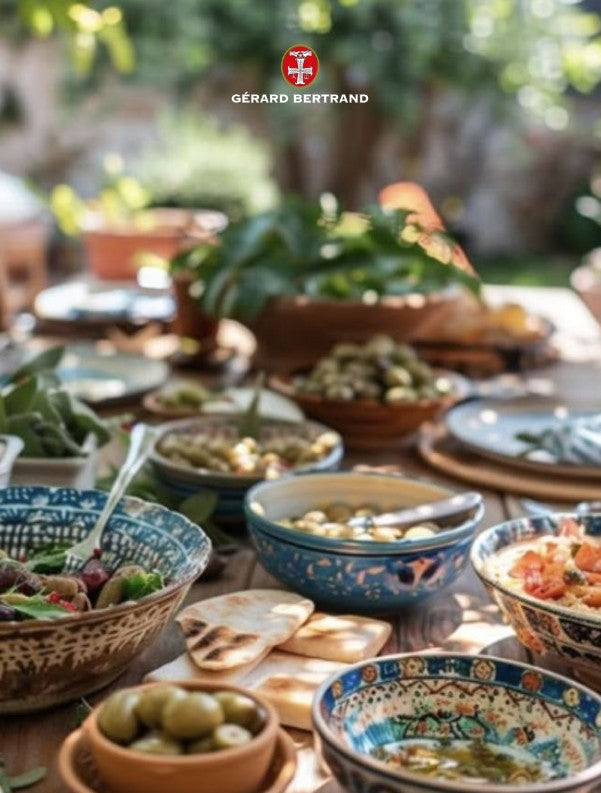The ideal wine in 4 questions
TAKE THE QUIZ



Wine has been around since the dawn of time. So let's take a look back at how it's made, and pause for a moment to appreciate its magic. Wine-making involves a number of manipulations, at just the right moment. Observation of the vine's vegetative cycle and human intervention help to enhance the essence extracted from the terroir of each vine stock. Once the grapes have reached optimum ripeness, a combination of viticultural and oenological knowledge is required to ensure that the production process runs smoothly. Careful monitoring of harvest quality, vinification and post-fermentation processes is crucial to ensuring that the wine you taste is clean and aromatically complex, typical of its terroir.
When it comes to winemaking, some of the steps involved in making white, rosé and red wine are not always followed in the same order. What's more, some white wines can be made from red grapes, but here we'll focus on the most common wine-making process.
Discover the fine collection of Gérard Bertrand wines
The quintessence of wine begins in the heart of the vineyard. For this reason, the date of the harvest is a decisive factor. However, grape quality and optimum ripeness depend on an analysis of the sugar, pH and acidity indicators of the grape berries. For white, red and rosé wines alike, harvest datesare determined by sampling and analyzing grape berries.
As soon as veraison is complete, the grapes are picked to monitor their development. The harvest date is determined by walking through the vineyard plots and observing the foliage, the soil and tasting the berries, skins, pulp and pips. In fact, this phytosanitary assessment of the harvest already indicates the future manipulations required for wine-making.
The vine is alive. Working them requires know-how and discernment. It is the source of texture, flavors, aromas and sensations such as the aggressiveness of the skin and the ripeness of the pips. On the same vineyard plot, the same grape variety does not necessarily react with the same exuberance. As is the case with Gérard Bertrand plots of Chardonnay, on the Domaine de l'Aigle Royal. The vines are planted at an altitude of over 500 meters, in espalier, facing south and the mountains. They benefit from a mountain and Mediterranean climate. Depending on the vintage, some vines in the same row may ripen earlier than their neighbors. This is why the phenolic maturity of the grapes and the quality of the harvest are monitored using a refractometer. In this way, the sugar content of the grapes is measured, providing an approximation of the alcoholic strength.
Once the grapes have been picked, to limit oxidation, they are immediately transported to the winery.
De-stemming or destemming and crushing mainly concern red grape varieties destined for pellicular maceration. Once destemmed, the grapes are freed from the stalk, which is the woody part of the bunch. De-stemming is a delicate stage, requiring particular care to limit the amount of crushing of the grapes. The de Prima Nature Syrah wine-making processincludes destemming before the grapes are put into the maceration phase.
Vat maceration ensures better extraction of the grape's phenolic compounds, as well as a deeper color and more powerful aromas.
For white wine vinification, the grapes are pressed before fermentation. As is the case with Domaine de Villemajou's white grapes. As soon as they arrive at the winery, the Marsanne, Maccabeu, Bourboulenc and Roussanne grapes are pressed as gently as possible using a pneumatic press. For red wines, pressing takes place after fermentation.
When the wine-making process runs smoothly.The yeasts naturally present in the environment and on the grape berries transform the grape sugar into alcohol and carbon dioxide. This process produces heat and develops aromatic compounds. That's why we use a mustimeter to drastically monitor the densityof each vat on a daily basis . At the start of fermentation, the first results taken on juice density are between 1,110 and 1,080. Then, as fermentation progresses, the density drops to 994 or even 993, and alcoholic fermentation ends.
De-vatting is an essential stage in the wine-making process. It takes place just after alcoholic fermentation. It closes the cuvaison for red wines. The juice from one vat is transferred to another. But it's still full of decomposing skins, stalksand seeds, which have to be removed by hand using a fork and shovel. The skins are then transferred to the press, where they are pressed to extract what is known aspress levin. This operation is generally performed by entering the vat. However, the production of a dangerous gas, carbon dioxide, is toxic, making this handling operation extremely dangerous.
Once alcoholic fermentation is complete, the dead yeast leaves a medium rich in alcohol, amino acids and nutrients. Lactic acid bacteria then transform malic acid into lactic acid. This produces buttery, nutty notes that influence theorganoleptic quality of wines. Malolactic fermentation is always carried out for red wines. Only for white wines can this phase be inhibited by cold treatment or the addition of sulfites.
At this stage, you might think that the wine-making process is complete. But there are still a few finishing touches to be made to sublimate the harvested grapes and the wine-making process. This may take several more months before the desired type of wine is produced.
After the fermentation process, is not systematicallyaged. Some red wines benefit from barrel ageing for between 6 and 24 months. For example, part of the wine is aged in vats and the rest in barrels, as in Cuvée Héritage"An 1189 "A.O.P Languedoc Pic Saint-Loup, where 1/3 of the red wine is aged in barrels for 9 months. The wine can also be aged in foudre or amphora. The aim is to impart complementary aromas such as toasty notes and additional tannins from the casks. As well as a slow micro-oxygenation provided by these more or less oxygen-permeable containers. As a result, coloring matters become more intense.
Blending should be seen as the search for the totality of a cuvée's criteria, such as :
By tasting samples representing a vat, a barrel or even an amphora. This operation involves marrying these different batches of wine together to create a blend of the same vintage. Wines vinified on a parcel-by-parcel basis and by grape variety are then blended in proportions that enhance a cuvée. As is the case with Château L'Hospitaleta Grand Vin Rouge blend of Syrah, Grenache and Mourvèdre. Once vinified, all the wine is transferred to the 2,000-barrel cellar. Only after tasting will certain new French oak barrels have the honor of being selected. The prerequisite is that they meet the required criteria. However, it is not uncommon to make cuvées of single-varietal wines. In this case, the blend takes into account the particularity of each batch, according to the parcel selection.
Wine clarification is achieved by sedimentation or fining. Over time, if no action is taken on the wine, lees settle to the bottom of the vat. Racking provides a first clarification. Only the clearest possible wine is pumped off. Then, if necessary, fining can help improve the wine's clarity. This technique involves adding a fining agent to the wine, which draws the heavier aggregates to the bottom of the tank.
Finally, the filtration stage removes particles from the wine by passing it through a filter. In this way, clarification stabilizes the wine, enabling it to be bottled and enjoyed to the full.
However, the wine-making process varies according to standards and Appellations d'Origine Contrôlées.
List of products :
Learn more about orange wineorange red wine or rosé wine.
Discover the best Gérard Bertrand wines:
Discover the Gérard Bertrand estates:

20 years ago, in the heart of the South of France, between the Pyrenees and the Mediterranean, an idea matured under the Languedoc sun: to reveal a new face of rosé. A delicate, crystalline wine, with a ...
Read more
Barbecuing has never been so trendy. Braziers, plancha grills, traditional barbecues... they're inviting themselves into the heart of our summers, sublimating simple products in a convivial atmosphere. A fire, a few...
Read more
Tapas & wine: the Mediterranean art of living A dinner with friends, plates to share, the scent of olive oil and rosemary... and wines selected to accompany this Mediterranean cuisine...
Read more